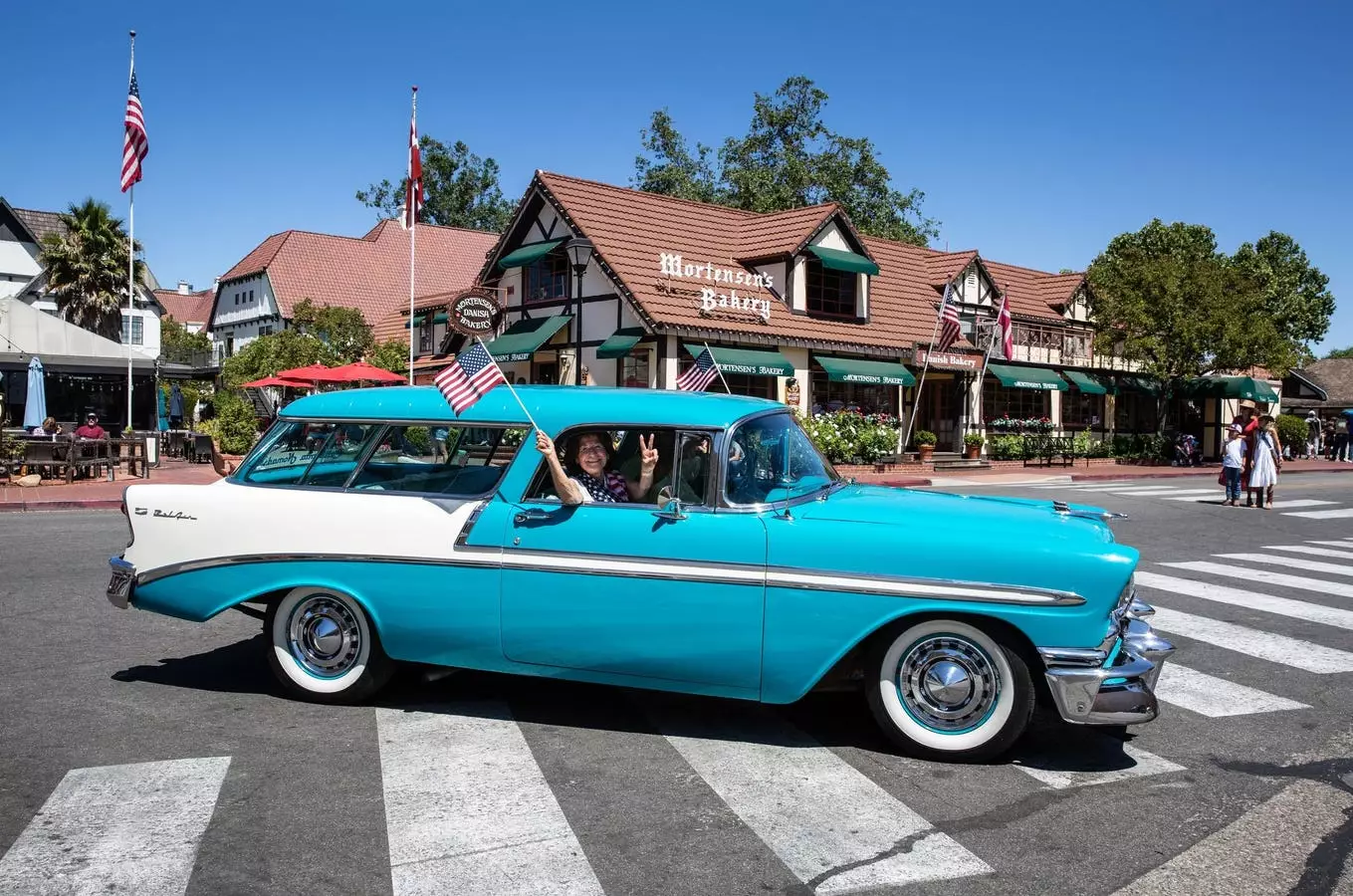In the landscape of American summer festivities, few wines command the attention and admiration that rosé does. From backyard barbecues to sophisticated soirées, this versatile beverage has earned its spot as the quintessential accompaniment to sun-soaked days and lively nights. It’s no longer merely a casual drink; rosé embodies a spirit of celebration, a symbol of warm weather camaraderie, and an emblem of wine’s adaptability. While some dismiss it as just a trend, a closer look reveals that rosé’s true strength lies in its ability to bridge the gap between novices seeking approachable flavors and connoisseurs chasing complexity. Its charm, however, should not obscure the importance of understanding what makes certain bottles stand out and how they can elevate any summer gathering.
Beyond the Label: Diversity and Depth in Rosé Offerings
One of the most fascinating aspects of rosé wine is its remarkable diversity. From the playful and approachable Banshee Rosé 2023 with its whimsical label and sweetish aroma, to the more serious, mineral-driven Pinot Noirs like Copain Wines’ “Les Voisins,” each bottle offers a unique window into different terroirs and winemaking philosophies. For instance, the Banshee rosé leans toward a candy-like profile, making it an ideal first step for those new to the wine world—especially younger drinkers daunted by high acidity or tannic structure. Meanwhile, wines like Ferrari-Carano’s Sangiovese Rosé cultivate a balanced flavor profile, offering the bright zest of blood orange and a stunning red fruits aroma that pairs beautifully with grilled sausages or charred veggies.
More refined options like the Dry Rosé of Pinot Noir from Dr. Konstantin Frank or the Aletheia Rosé from Pedernales Cellars display a more structured side, combining crisp acidity with layered red berries and hints of spice. Such wines challenge the stereotype of rosé as merely sweet and light, showcasing its potential for depth and elegance. They demonstrate that rosé is not a one-trick pony but a spectrum of flavors that, when chosen thoughtfully, can transform a casual cookout into a memorable culinary experience.
From Coast to Country: The Geographic Influence on Rosé Styles
The geographical origin of rosé significantly influences its character, and the variety of American regions producing high-quality rosé is a testament to winemakers’ versatility. California, with its diverse microclimates, yields a wide array of rosés—from the light, tropical-infused styles of Chamisal Vineyard’s “Marlene” to the structured, fruit-forward offerings from Napa’s Frank Family. Sonoma County emerges as a powerhouse, offering everything from festive, berry-laden wines to more mineral-driven, cooler-climate expressions such as Matanzas Creek’s Malbec Rosé. This diversity ensures that every palate can find something suited to their preference, whether it’s a refreshing aperitif or a wine capable of standing up to hearty barbecue dishes.
Further afield, Texas shines as an unlikely but compelling source of rosé, where wines like Pedernales Cellars’ “Aletheia” and Spicewood Estate’s Grenache rosé challenge preconceived notions of what the region can produce. These wines combine the boldness associated with Texas’ reputation with a finesse that rivals their French counterparts. Finger Lakes, too, with its cool climate and mineral-rich soils, encourages a crispness and delicacy in theDry Rosé of Pinot Noir by Dr. Konstantin Frank. These regional differences aren’t just geographical trivia—they shape the way each bottle interacts with food, ambiance, and personal taste.
Why Rosé Deserves a Place at Every Summer Table
Despite its growing popularity, rosé often suffers from misconceptions—seen as only a poolside accessory or a fallback during hot days. However, the wines highlighted here underscore its importance as a serious contender for any meal or occasion. A well-chosen rosé can serve as a reliable partner for a broad spectrum of dishes, from smoky grilled seafood to spicy Mediterranean fare. Its acidity can cleanse the palate, while its fruit-forward profile enhances the flavors on the plate.
Moreover, rosé’s popularity today is not just about aesthetics or fleeting trends; it represents a more conscious approach to wine drinking. Many producers emphasize sustainability—like Matanzas Creek’s certification or the organic practices seen in much of California’s offerings—aligning with a modern consumer’s values. This intersection of flavor, versatility, and ethics makes rosé a perfect reflection of contemporary wine culture: vibrant, inclusive, and inherently expressive.
In the end, selecting a rosé isn’t merely about quenching thirst; it’s about embracing a lifestyle—one that celebrates life’s pleasures, fosters connection, and makes every meal a little more special. Whether you prefer the playful charm of a candy-sweet pink or the austere elegance of a mineral-driven vintage, the power to elevate your summer experience lies in your glass. Don’t settle for the predictable—explore, taste, and discover how rosé can redefine your perception of what wine can be.


Leave a Reply